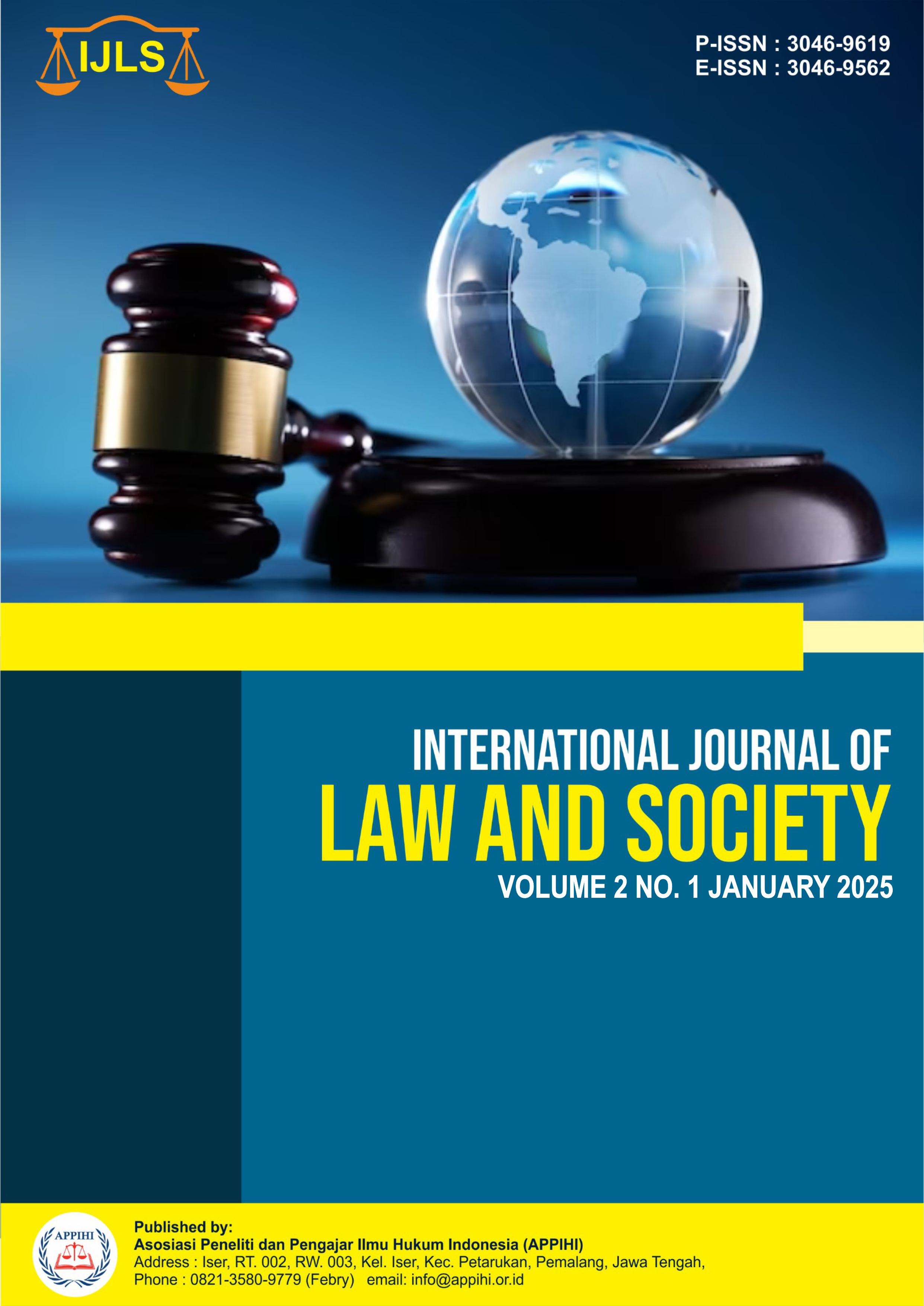Fulfillment of Children's Rights After Divorce : A Comparative Study in Qatar, Egypt, Indonesia, Malaysia, and Jordan
DOI:
https://doi.org/10.62951/ijls.v2i1.322Keywords:
Children's, Rights, Divorce, Legal, ComparisonAbstract
Divorce is a global phenomenon with significant implications for children's rights. This study aims to conduct a comparative analysis of the fulfillment of children's rights after divorce in five countries with different legal systems: Qatar, Egypt, Indonesia, Malaysia, and Jordan. The research employs a normative juridical method with a comparative legal research approach through literature review and legal document analysis. The findings reveal that each country has a unique mechanism for ensuring children's rights after divorce. Diverse legal systems—ranging from common law, civil law, to Islamic law—lead to variations in approaches to ensuring custody, care, and protection for children. The study identifies four critical dimensions in fulfilling children's rights: the right to survival and development, the right to protection, the right to education, and the right to participation. The comparative analysis highlights that cultural factors, legal systems, and political commitment play a fundamental role in determining the effectiveness of child rights protection after divorce. Key recommendations of this study include the need for regulatory harmonization, strengthening enforcement mechanisms, and developing sustainable monitoring systems. This research provides theoretical and practical contributions to understanding the complexity of fulfilling children's rights across global legal systems.
Downloads
References
Abdul Hadi. (2023). The challenges of fulfilling children's rights post-divorce in Indonesia. Jurnal Hukum dan Peradilan, 9(2), 167–182.
Amato, P. R., & Keith, B. (2021). Parental divorce and adult well-being: A meta-analysis. Journal of Marriage and Family, 53(1), 43–58.
Directorate General of Religious Courts. (2023). Divorce and child support case statistics 2022 (p. 34). Badilag.
Freeman, M., & Mezmur, B. D. (2023). Implementation challenges of the CRC: A global perspective. International Journal of Children's Rights, 31(2), 289–310.
Kamali, M. H. (2020). Islamic family law: Theory and practice. Kuala Lumpur: International Islamic University Malaysia Press.
McIntosh, J. E., & Smyth, B. (2022). Shared-time parenting: An evidence-based matrix for evaluating risk. Journal of Family Studies, 28(3), 235–254.
Rahman, M., Johnson, S., & Ali, A. (2023). Comparative study on child rights protection post-divorce: A multi-country analysis. International Journal of Law, Policy and the Family, 37(1), 78–95.
Supreme Court of the Republic of Indonesia. (2023). Annual report of the Supreme Court of the Republic of Indonesia 2022 (p. 89). MA RI.
United Nations General Assembly. (1989). Convention on the rights of the child, United Nations Treaty Series 1577, 3.
United Nations, Department of Economic and Social Affairs, Population Division. (2019). World marriage data 2019 (pp. 15–17). UN DESA Population Division.
Downloads
Published
How to Cite
Issue
Section
License
Copyright (c) 2024 International Journal of Law and Society

This work is licensed under a Creative Commons Attribution-ShareAlike 4.0 International License.





